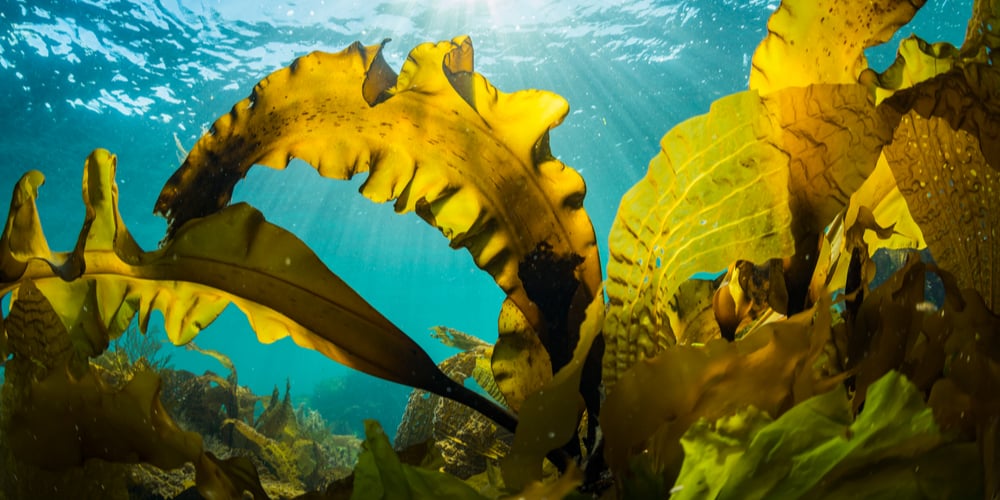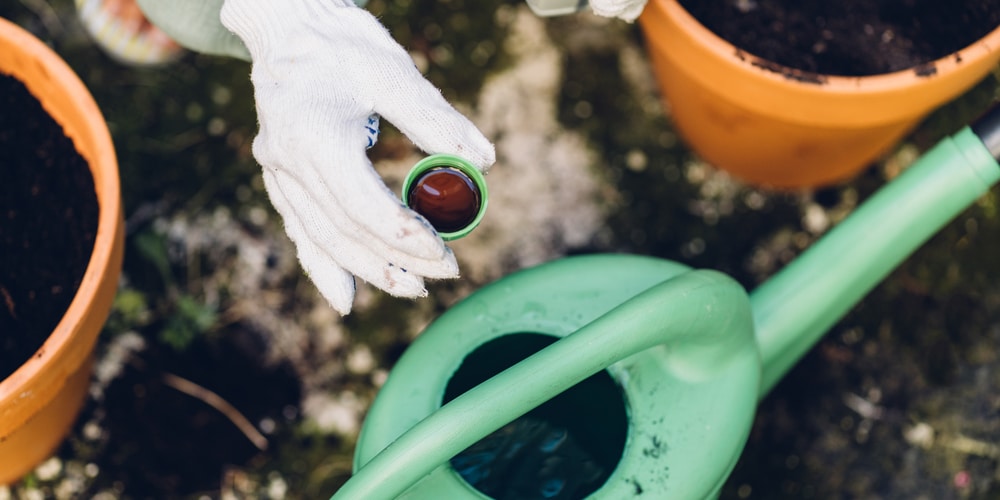Have you ever seen your neighbor applying seaweed on his lawn? Or have you already heard about sea kelp? Keep reading if you haven’t (or are curious to learn more about the topic). Indeed, here we collected all the information about using kelp to fertilize your turf you must have on hand. With a list of the pros and cons of this practice, you’ll have a clearer idea about whether this practice is suitable for your garden or not.
What Is Sea Kelp?
Sea kelp is an organic fertilizer that usually comes in blends with other nutrients essential for healthy lawns. While people used to collect kelp from nearby beaches, you can now buy commercial products that contain it.
But now you may wonder: why should you use seaweed on your lawn? The reason is straightforward: these organic products are high in carbohydrates and nutrients such as phosphorous, nitrogen, and potassium (and even iron) that grass needs to thrive. It also contains other bioactive compounds that contribute to increased water retention and drainage, which always come in handy.
Additionally, this plant is low in cellulose, meaning it will break down fast. In turn, this makes nutrients readily available to your lawn. So, sea kelp is an excellent nutrient source for your turf. After all, sea kelp will contribute to healthier grass and minimize the stress due to drought, frost, and excessive heat.
Additionally, sea kelp contains iodine, which increases the plant’s defenses against attacks from pests and diseases. You can use kelp-based products on your lawn in the summer and early wall to keep it healthy even at extreme temperatures.
It might be worth noting that sea kelp isn’t a fertilizer by definition. However, since it will stimulate root development, it will contribute to a healthier turf. And that is usually the task of a fertilizer.
Benefits of Sea Kelp on Your Lawn
We talked a little about the benefits of applying sea kelp to your lawn. Besides boosting root development, this substance will improve color, density, hardiness, and overall appearance. Additionally, it will allow your grass to absorb nutrients and water better.
Plus, the presence of cytokinins and auxins (two powerful growth hormones) will protect your lawn from heat and cold stress. The product contains more than 70 vitamins and minerals. No wonder many people use it as a dietary supplement! And the best part is that sea kelp is versatile and suitable for most soil types.
Because it is an organic product, you won’t have to worry too much about harming your lawn when applying it. Also, you won’t have to worry about waste-by products. Still, if you are using a commercial sea kelp blend, you must follow the instructions you find on the product’s label. Doing so will allow you to prevent any issues.
You can even use sea kelp on other plants: it contributes to better crop yields!
Drawbacks of Applying Sea Kelp
Of course, not all things can be as good as they sound. And while sea kelp doesn’t include many drawbacks, you must be careful when applying it. After all, you should already know that too much of something (no matter how good it may be) will be detrimental.
And applying too much seal kelp on your lawn can cause uneven growth. Always ensure you purchase an organic or natural product to prevent harming your grass. Also, you must follow the instructions on the label. Because regardless of how natural a product can be, you should never overdo treatments.
But besides this, there aren’t too many drawbacks to using sea kelp on your lawn. Indeed, it is usually cheaper than other products, not too difficult to apply, and effective.
You can even use kelp meals as a potting plant medium, so if you buy too much, don’t worry: this product is versatile. Indeed, you can use it for several tasks!
If you are collecting seaweed from the shore, applying it to your lawn shouldn’t take too long. Indeed, the plant breaks down fast, especially at warm temperatures.
And while you can make your seaweed fertilizers, don’t be afraid of buying one at your favorite gardening store. However, don’t forget to check the ingredient list and choose a product without chemicals to reduce harm to a minimum.

